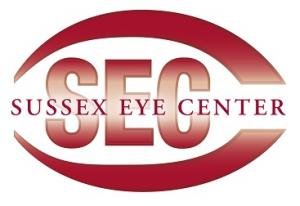How Do 3D Movies Work?
Seeing a movie in 3D has become the best way to enjoy a movie on the big screen. 3D movies have been so successful that they have even developed ways to obtain this experience at home through 3D televisions. Have you ever wondered how 3D movies work? Maybe you are someone who has never been able to have the same experience in these films and you wonder why. Here is a little background on how 3D movies work and what it may mean for your eyes and vision if it doesn't work for you.
How Does It Work?
Today's 3D movies work the same as polarized sunglasses. The right lens filters light at a slightly different angle than the left lens so each eye sees a slightly different image. The brain then combines these images to make the picture seem like it is popping out at you. Polarized 3D glasses are much superior to the older 3D glasses with red and blue lenses. Polarized glasses help to maintain the bright and vibrant colors (rather than darkening them) and also allow people who are color blind to see 3D.
The theory behind 3D glasses is not too advanced - it is actually the same way that our eyes normally see! If you cover each eye individually, you will see that your right and left eye each see a slightly different image. When using both eyes together, this gives you depth perception, which is the same as 3D vision.
Having Trouble Watching a 3D Movie?
It could be a sign of vision problems. For people who do not have eyes that work together as a team, a 3D movie is not an enjoyable experience. They may get headaches, feel dizzy, or even nauseous. If you or someone you know experiences these symptoms while watching 3D movies, they should get their eyes checked. It is important to diagnose these problems in children at a young age to ensure proper vision development. Problems with eye teaming can be treated through vision therapy, which is like physical therapy for your eyes. Contact Sussex Eye Center today to get a full eye exam and make sure your vision is in top shape to see the world!























































